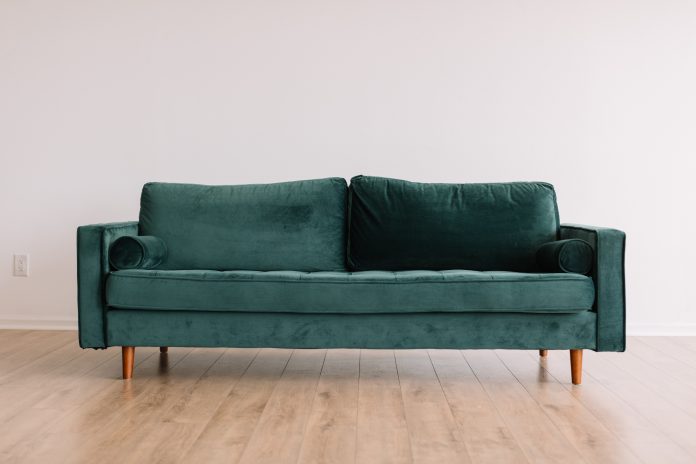Sofa seat cushions and decorative cushions are an investment, and generally, purchasing higher quality products will provide better long-term comfort. There are certain materials and fillings to consider if you are looking for a high-quality solution.
What makes a good quality cushion?
Good quality sofa cushions are both comfortable yet supportive. Depending on preference and firmness, both the inner and outer materials play a part. A decent cushion will retain its shape during use and over the years, and the inner stuffing will be properly measured to ensure a proper fit. The outer material should be hard wearing and appropriate for its intended level of usage.
What to use for stuffing cushions?
To stuff a cushion, you are likely to need a thread picker, scissors, a tape measure, a pencil or light biro, new batting (for foam inserts) or inner casing material for synthetic or feather stuffing, and your chosen filling.
Which material is best for cushion stuffing?
There are different types of cushion stuffing material and the sofa cushion stuffing used is down to personal preference. Fibre filled cushions are cheaper but regularly need ‘plumping up’. They tend to flatten out and often do not last as long as alternatives such as feather or foam. Feather cushions are incredibly plush and firm when new, and also hold some weight. However, these feathers can eventually make their way through the inner and outer linings and gradually poke through.
Cushion stuffing foam is generally a long-lasting and versatile option, but there are several things to consider. For longevity, the foam should be of a high-density. Typically, foam of a higher density will last longer.
How much filling do you need for a cushion?
When using foam for an average sized sofa cushion, a high-density piece should weigh above 35kg. This is representative of its density (and therefore quality), rather than its overall size. When measuring your cushions, you should consider the existing size of the material cover and add an allowance of at least 1cm to every edge.
For feather and synthetic stuffing, a greater quantity of material will increase the overall firmness of the cushion. A typical two-seater sofa cushion, for example, would need 1kg or more of feather filling, depending on preference.
How to replace cushion filling for your sofa
Replacing sofa cushion filling is easy. Begin by removing your cushion insert, peeling away any batting or material covering the foam or inner filling.
If you have a foam insert, measure its length, width and thickness, and add 1 inch to every measurement. Order your replacement pieces of foam and draw a paper pattern for each cushion by tracing the cushion cover. Trace this pattern onto the foam piece and cut using a large craft knife, before re-wrapping the new foam insert in batting and inserting it to the outer cover.
For synthetic or feather fillings, remove the old filling from the inner batting or case insert. Order new inner casing if you require it. Proceed with filling your insert with your new filling of choice and placing this back inside the outer cover. To finish, adjust and fluff up the cushion as necessary.



















